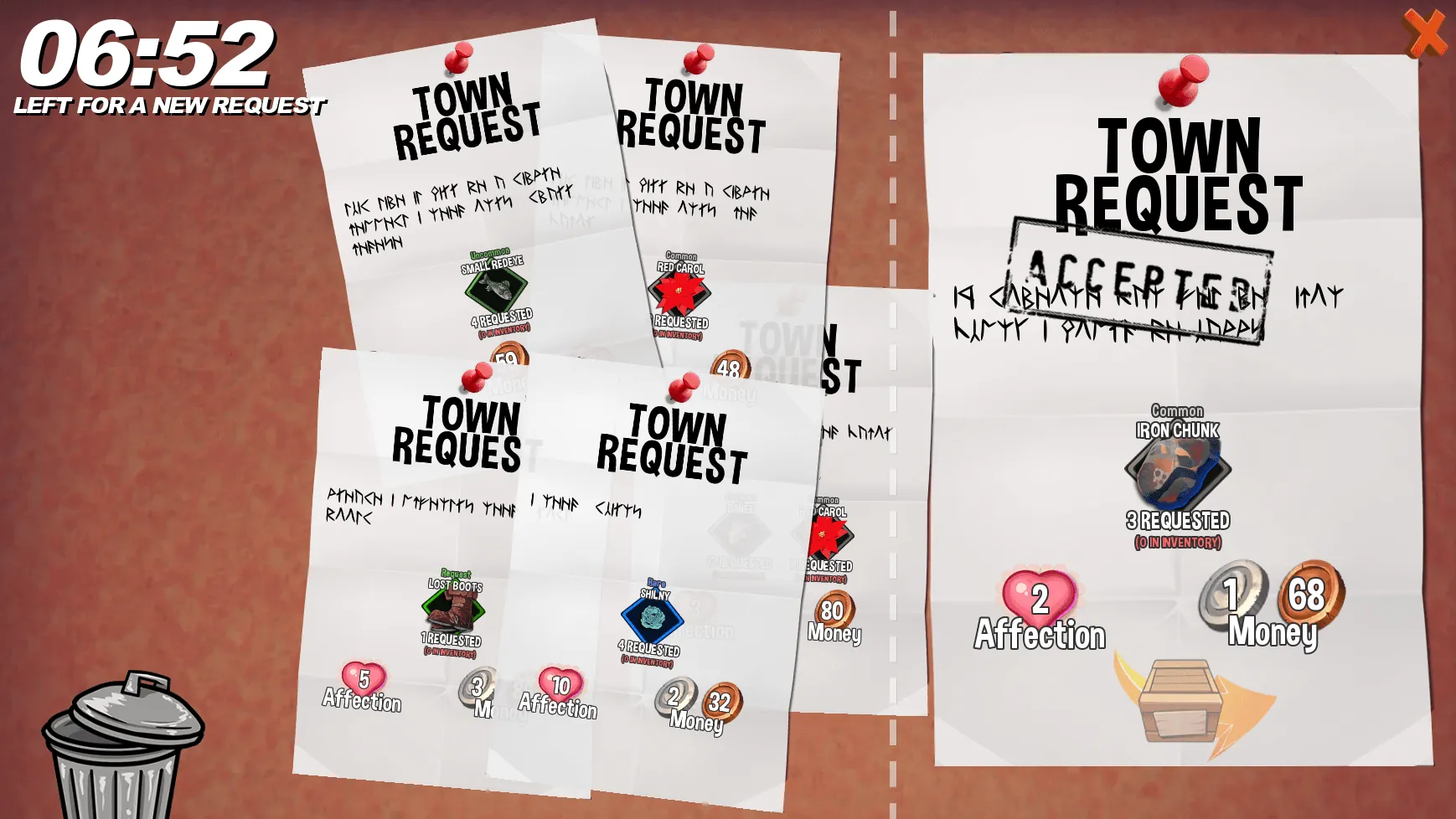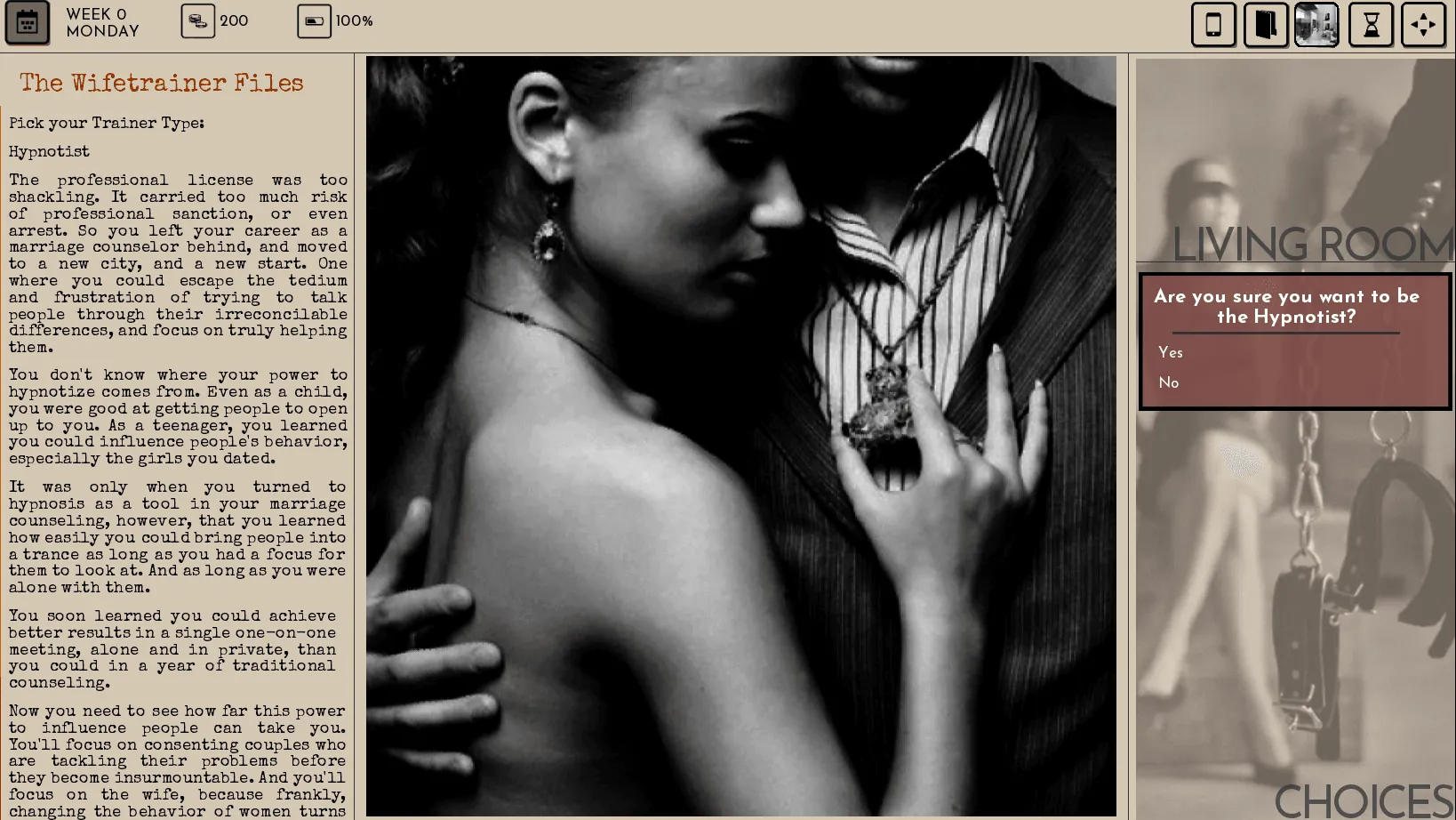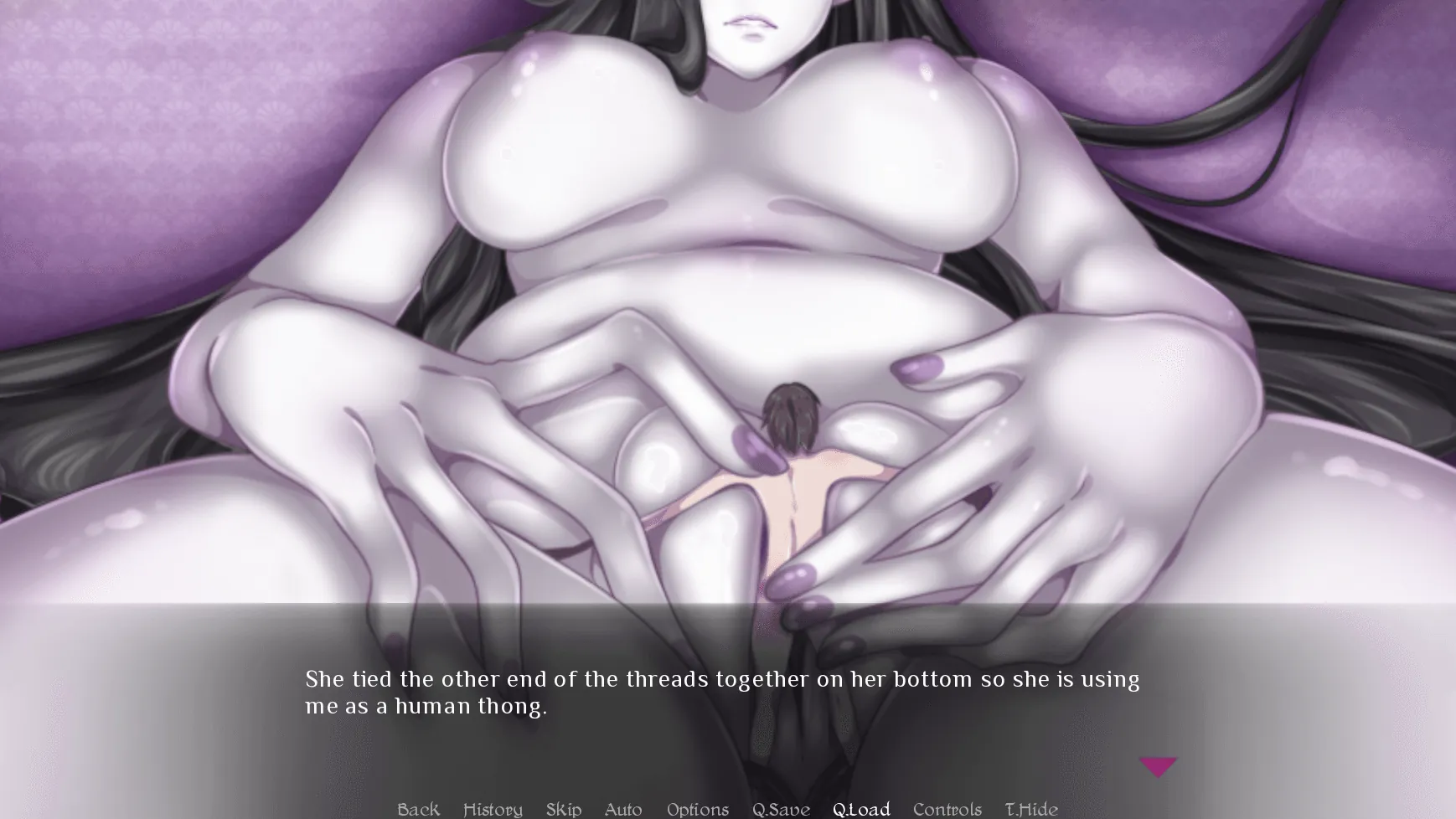
Long Story Short
Play Long Story Short
Long Story Short review
Exploring the narrative, gameplay, and unique features of Long Story Short
Long Story Short is a captivating visual novel game that blends storytelling with interactive choices, set in a high school environment. This game invites players to explore a unique narrative through anonymous chatrooms and alternate timelines, making it a standout in the genre. Whether you’re curious about its gameplay, story arcs, or character development, this article delves into everything you need to know about Long Story Short.
Exploring the Story and Narrative Structure of Long Story Short
What Makes the Story Unique?
Picture this: you’re scrolling through endless visual novels about magical academies or zombie apocalypses… and then Long Story Short hits you with raw, relatable teenage chaos. 😮 What sets it apart? It’s not just another high school visual novel story—it’s a time-hopping emotional rollercoaster where you live two lives at once. On one hand, you’re navigating cringe-worthy high school parties and first crushes. On the other? You’re spilling your guts to a faceless stranger in a midnight chatroom years later. 🕒 This dual-layer Long Story Short narrative forces you to confront how tiny choices—like skipping class or trusting a friend—ripple into adulthood.
When I played, the moment that wrecked me was realizing my teenage “harmless lie” about a crush snowballed into adult trust issues. 💔 The genius? You’re not just reading a story; you’re dissecting regrets through interactive storytelling visual novel mechanics. Themes like loneliness and redemption hit harder because you feel the gap between reckless 16-year-old you and the weary adult retelling it. Plus, the writing avoids tired tropes—no perfect heroes here, just messy humans.
How Do Alternate Timelines Influence Gameplay?
Hold up—alternate timelines game isn’t just a buzzword here. It’s the engine that makes player choice impact explode. Think of it like a diary with rewritable pages: every decision in the past (2005 timeline) fractures the present (2023 chatroom). Skip prom to study? Your future self might lament missing social skills. 🔄 Back a friend’s lie? Watch it haunt your adult relationships. The visual novel story structure morphs based on your moral compass, with 11 possible endings ranging from hopeful to brutally introspective.
Here’s a pro tip: replay key scenes immediately after failing. Why? Because seeing how a single dialogue shift unlocks new paths (like repairing a friendship you’d burned) teaches you to weigh consequences like life-or-death stakes. 😲 My first playthrough left me with a lonely ending—all because I shrugged off a bullied classmate. Gut punch? Absolutely. But it made my second run intentional.
| Choice in 2005 Timeline | Effect on 2023 Timeline | Ending Shift |
|---|---|---|
| Cover for a cheating friend | Stranger calls out your dishonesty | Trust issues worsen |
| Confront a bully | Stranger shares their own guilt | Mutual redemption path |
| Ignore a cry for help | Protagonist becomes closed-off | Isolated ending |
The Role of Anonymous Chatrooms in Storytelling
Anonymous confessions are where Long Story Short’s soul bleeds onto the screen. The anonymous chatrooms gameplay isn’t a gimmick—it’s therapy disguised as typing bubbles. 🖥️✨ You’ll pour out buried secrets to “Anon99,” a stranger whose responses morph based on your tone (defensive, vulnerable, or sarcastic). This mechanic transforms passive storytelling into active self-reflection. Ever downplayed trauma only to have a pixelated stranger reply, “Why are you lying to yourself?” Chills.
The brilliance? The chatroom is the player’s mind palace. Typing responses forces you to articulate feelings the teen version repressed. Here’s a raw snippet from my playthrough:
Alex (2005): “I told everyone Mia’s secret. Now she won’t look at me.”
Anon99: “And you’re still running from it. Why?”
That “why” shattered me. 💥 By blending interactive storytelling visual novel techniques with chatroom realism, the game mirrors how we rewrite memories when confessing to strangers. Pro tip: Type like you’re texting a real person. Overthink your words—Anon99 detects evasion and pushes back, unearthing deeper narrative branches.
Ultimately, Long Story Short weaponizes nostalgia against you. It’s not about changing the past—it’s about whether you’ll hide from it or face it head-on in a dimly lit chatroom. 🚪 Whether you chase redemption or spiral into regret, every playthrough leaves you questioning: “What would younger me think of who I’ve become?” 😌 And honestly? That’s the mark of a story that claws under your skin and stays there.
Long Story Short offers a compelling blend of narrative depth and interactive gameplay that engages players through its unique storytelling approach. Its use of alternate timelines and anonymous chatrooms creates a rich, immersive experience that stands out in the visual novel genre. Whether you’re drawn to its story or the impact of your choices, this game provides a memorable journey worth exploring. Dive into Long Story Short and discover your own path through its intriguing narrative.





